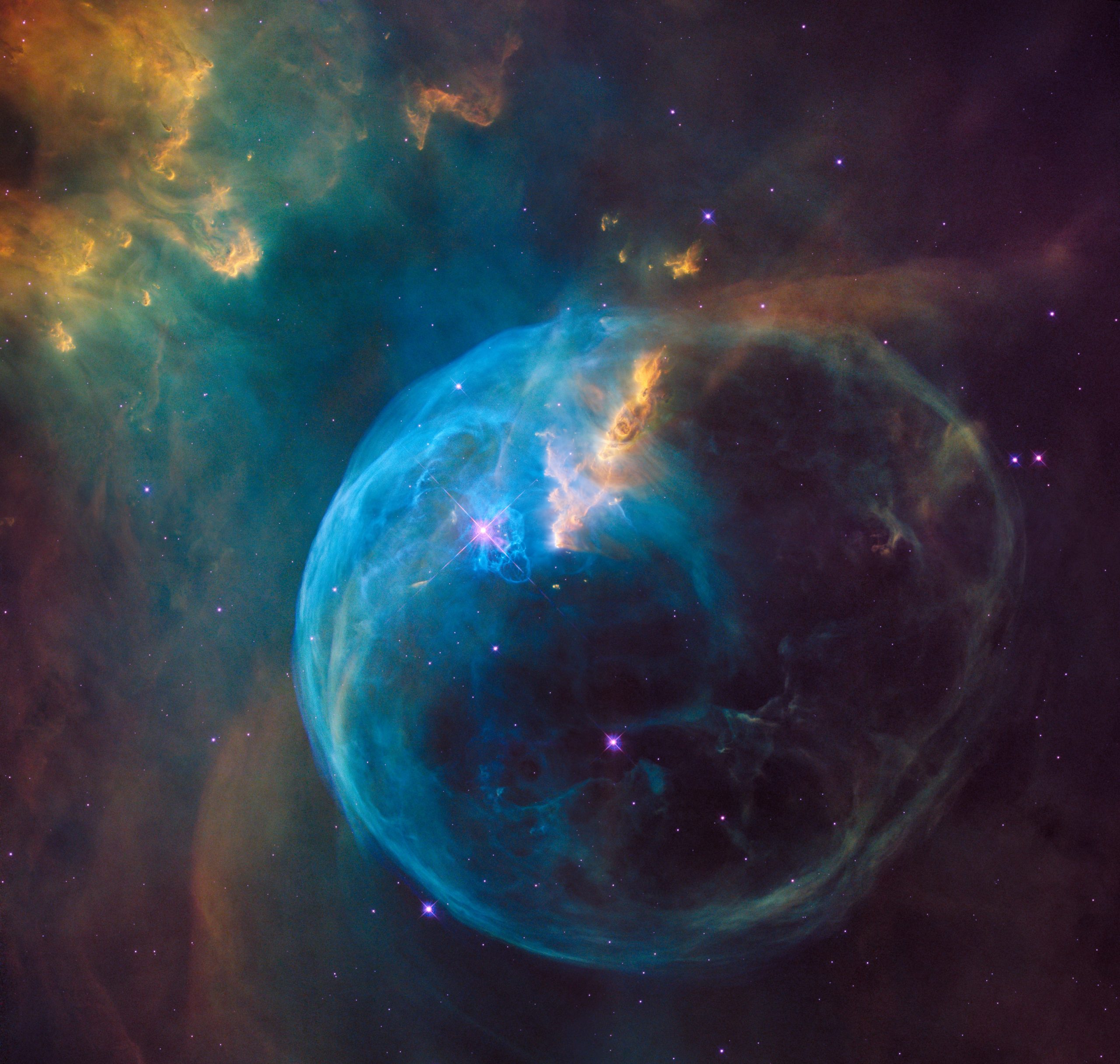The 4 Main Moon Phases: Exploring the Lunar Cycle in Detail
Have you ever looked up at the night sky in awe of the moon’s ever-changing appearance? The moon, our celestial companion, goes through a fascinating series of phases as it orbits around the Earth. In this blog post, we’ll delve deep into the intricacies of the lunar cycle and explore the four main moon phases: New Moon, First Quarter, Full Moon, and Last Quarter.
Understanding the Lunar Cycle
Before we explore the specific moon phases, let’s take a moment to understand the lunar cycle as a whole. The lunar cycle refers to the recurring pattern of the moon’s phases as seen from Earth. It takes approximately 29.5 days for the moon to complete one full cycle, which can be divided into eight distinct phases.
| Phase | Description | Visibility |
|---|---|---|
| New Moon | The moon is not visible from Earth. | Not visible |
| Waxing Crescent | A small sliver of the moon becomes visible. | Partially visible |
| First Quarter | Half of the moon is illuminated and visible. | Fully visible |
| Waxing Gibbous | The moon is more than half illuminated but not completely. | Fully visible |
| Full Moon | The entire face of the moon is fully illuminated. | Fully visible |
| Waning Gibbous | The moon is more than half illuminated but not completely. | Fully visible |
| Last Quarter | Half of the moon is illuminated and visible. | Fully visible |
| Waning Crescent | A small sliver of the moon becomes visible. | Partially visible |
Now that we have a general understanding of the lunar cycle, let’s dive into the four main moon phases and explore their unique characteristics and significance.
New Moon: A Blank Canvas
The New Moon phase marks the beginning of the lunar cycle. During this phase, the moon is not visible from Earth, as it is positioned directly between the Earth and the Sun. The side of the moon facing us is not illuminated, creating a dark silhouette against the night sky.
Symbolically, the New Moon represents new beginnings and fresh starts. It’s a time to set intentions, plant seeds, and embark on new ventures. As the darkness of the New Moon gives way to the first sliver of the Waxing Crescent phase, we are reminded of the potential for growth and transformation.
First Quarter: Illumination and Progress
About a week after the New Moon, the First Quarter phase occurs. During this phase, the moon has completed a quarter of its orbit around the Earth, making it appear as a half-circle in the sky. The right half is illuminated, while the left half remains in darkness.
The First Quarter phase represents illumination and progress. It is a time of action and forward momentum, where we are encouraged to take the necessary steps towards our goals. Just as the moon becomes more visible in the night sky, this phase reminds us to shine a light on our ambitions and make tangible progress.
Full Moon: Illuminating the Night
Perhaps the most enchanting phase of the lunar cycle, the Full Moon captivates us with its radiant glow. At this stage, the moon is positioned opposite the Sun, with Earth in between. As a result, the entire face of the moon is fully illuminated, casting a beautiful light across the landscape.
Symbolically, the Full Moon represents completion, abundance, and heightened emotions. It is a time of culmination, where our efforts bear fruit and our intentions come to fruition. During this phase, emotions tend to run high, and it’s a powerful opportunity for introspection and self-reflection.
Last Quarter: Reflection and Release
The Last Quarter phase occurs approximately one week after the Full Moon. During this phase, the left half of the moon is illuminated, while the right half remains in darkness. It appears as a half-circle, but the illuminated side is now opposite to that of the First Quarter.
The Last Quarter phase calls for reflection, release, and letting go. It offers a chance to evaluate our progress since the beginning of the lunar cycle and identify any necessary adjustments or course corrections. As the moon wanes, it symbolizes shedding old patterns and beliefs, making space for new growth and transformations to come.
Conclusion
The moon’s ever-changing phases offer a mesmerizing dance in the night sky, each holding its own unique energy and symbolism. Understanding the four main moon phases – New Moon, First Quarter, Full Moon, and Last Quarter – allows us to align with the natural rhythms of the cosmos and harness their power in our lives.
Next time you gaze up at the moon, take a moment to appreciate its phase and the profound wisdom it holds. Embrace the ebb and flow of the lunar cycle, and let it guide you on your journey of self-discovery and growth.
Table of Contents
